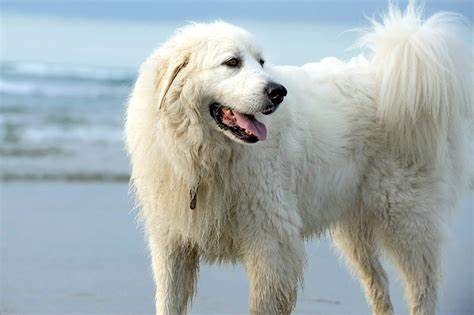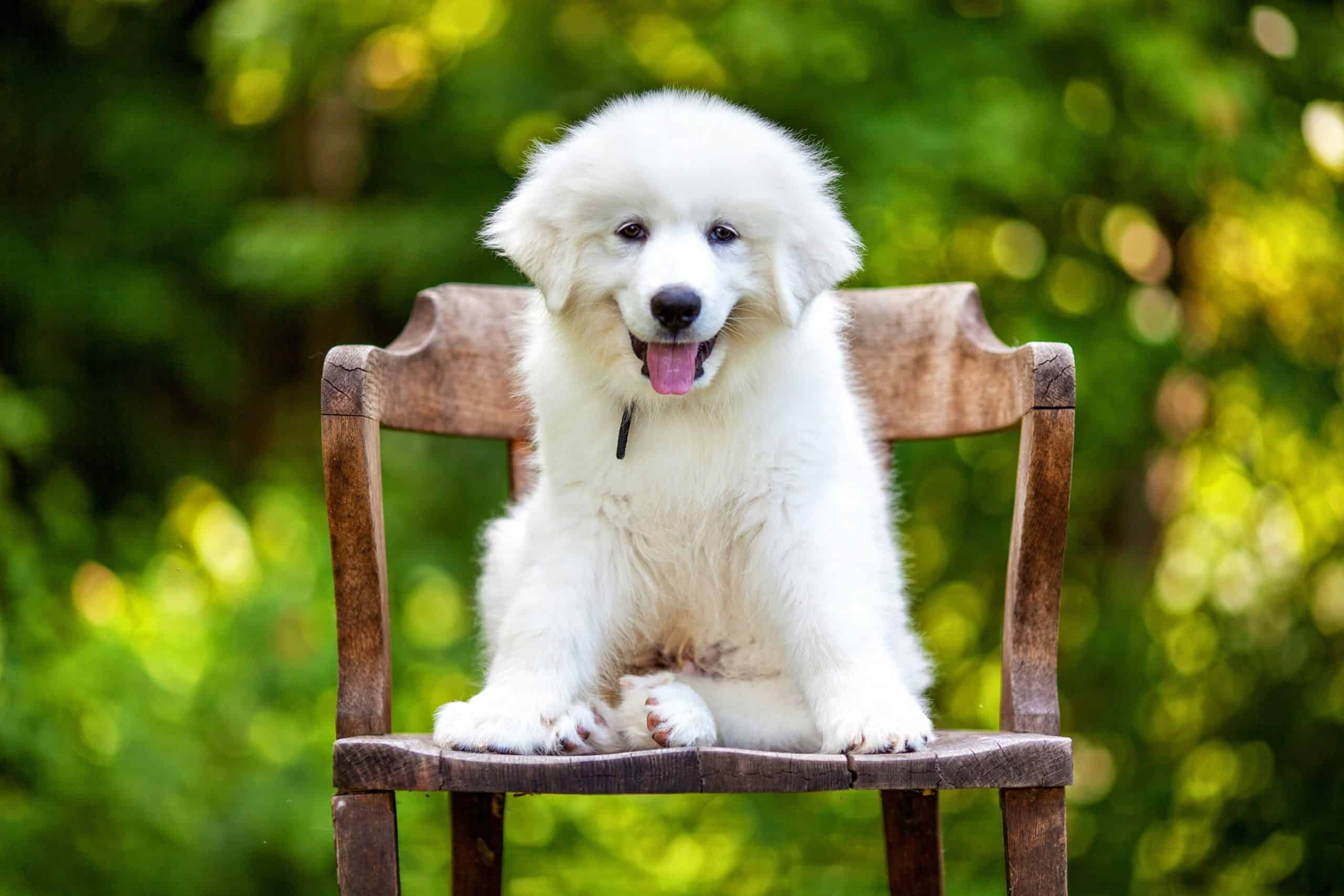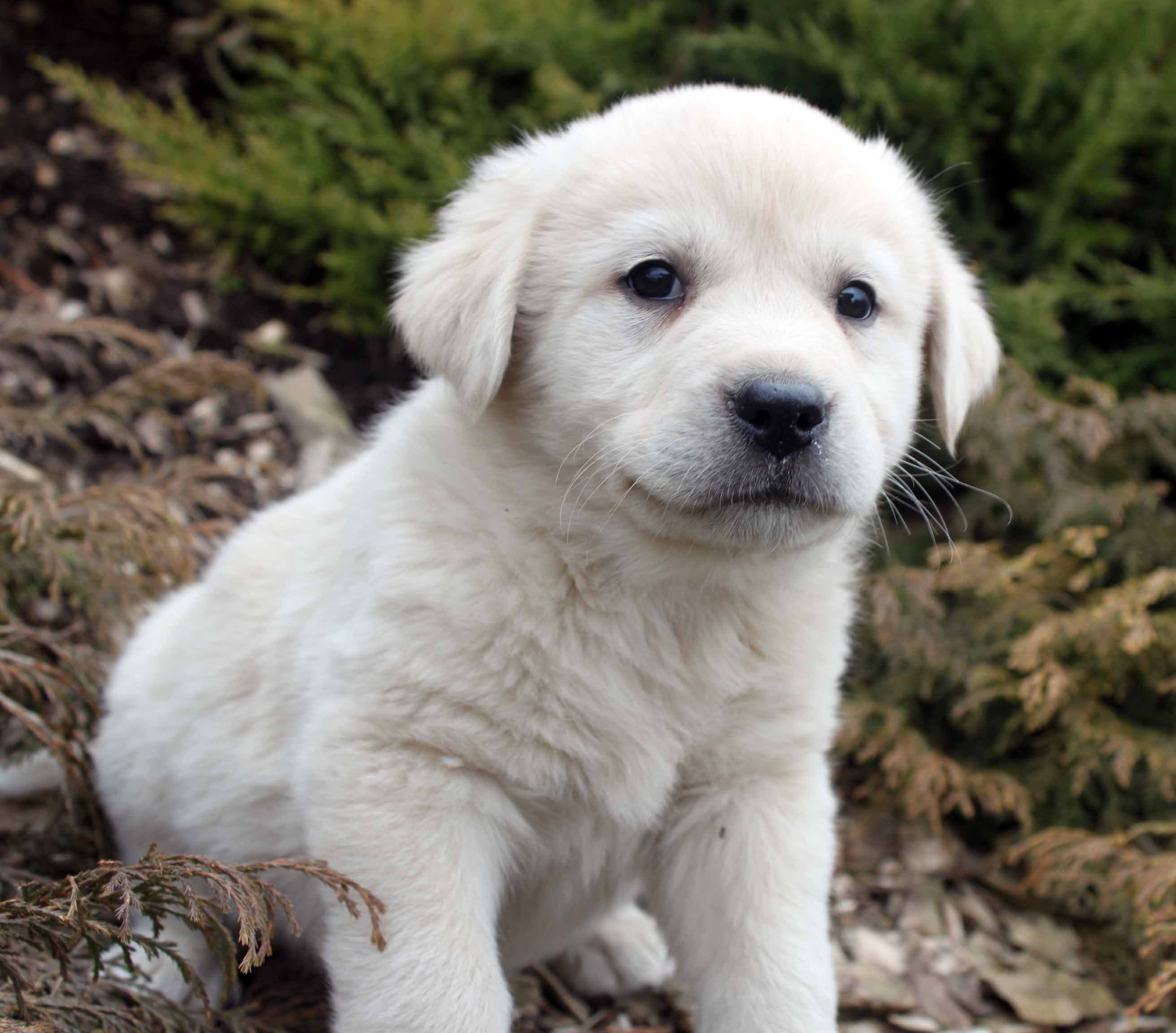
The Great Pyrenees, also known as the Pyrenean Mountain Dog, is an ancient breed developed to guard livestock in the Pyrenees Mountains between France and Spain. Archaeological evidence suggests that the breed has existed for thousands of years, possibly descended from large white mountain dogs of Central Asia.
The breed was prized by shepherds for its independence, strength, and ability to guard flocks against predators like wolves and bears. Over time, the breed also gained favor among French nobility, becoming the Royal Dog of France in the 17th century. It was recognized by the American Kennel Club (AKC) in 1933 and remains a beloved breed for rural homes and livestock guardianship.
The Great Pyrenees is a favorite among those living in rural or mountainous areas, admired for its gentle demeanor with family and fierce protective instincts with predators. It’s also increasingly popular as a companion dog, thanks to its calm temperament, though its large size and independent nature require an informed and committed owner.
The Great Pyrenees is a large, powerful, and majestic dog, with a thick white coat and noble bearing.
• Coat: Thick, weather-resistant double coat—long and coarse outer coat with a dense undercoat.
• Color:
o Primarily solid white, though may have gray, tan, or pale yellow markings.
• Size:
o Height: 25–32 inches (64–81 cm)
o Weight: 85–160 lbs (39–73 kg)
• Head & Expression: Broad skull, strong muzzle, and dark, expressive eyes that reflect calm wisdom.
• Ears: Small to medium, triangular, and dropped.
• Tail: Long, feathered, and carried low or plumed over the back when alert.
• Body: Muscular and well-boned with a graceful, confident gait—built for both endurance and power.
The Great Pyrenees is calm, serious, and dignified, with a strong protective instinct and deep loyalty to its family.
• Independent and Thoughtful: Bred to make decisions alone—can be stubborn but is intelligent and wise.
• Gentle with Family: Devoted and exceptionally patient with children.
• Protective and Territorial: Natural guardian of people and animals—may be wary of strangers.
• Calm and Low-Energy Indoors: Despite its size, the Pyrenees is surprisingly mellow inside the home.
• Vocal Watchdog: Will bark to alert and protect—especially active at night if guarding outdoors.

This breed is perfect for rural or large properties, where it can be both a devoted family member and effective guardian.
• Natural Livestock Guardian: Requires little training to bond with and protect livestock.
• Loyal and Protective: Will risk its life for those it loves.
• Gentle Giant: Calm and sweet with kids and other pets.
• Adapted to Harsh Weather: Thick coat makes it thrive in cold and mountainous regions.
• Majestic Appearance: A stunning, regal dog with an aura of strength and serenity.
The Great Pyrenees needs space, structure, and understanding to thrive in both guardian and companion roles.
• Training:
o Begin early—use positive reinforcement and patient, consistent guidance.
o Independence may appear as stubbornness—build trust and respect.
• Exercise:
o Moderate daily activity—walks, patrol time, or light hikes.
o Not a high-energy dog but requires room to move.
• Grooming:
o Brush 2–3 times per week (daily during shedding season).
o Bathe occasionally—coat repels dirt naturally.
o Regularly clean ears and trim nails.
• Nutrition:
o Feed a quality diet suited for large, slow-growing breeds.
o Watch for weight gain and joint strain.
• Companionship:
o Needs close ties with family—does not thrive in isolation.
o Will protect home instinctively if bonded.

With proper care, the Great Pyrenees has a lifespan of 10–12 years. Common health issues include:
• Hip and Elbow Dysplasia
• Patellar Luxation
• Bloat (gastric torsion)
• Addison’s Disease
• Osteosarcoma (bone cancer)
Work with a breeder who screens for these conditions and provides health clearances.
Compared to the Bernese Mountain Dog, the Great Pyrenees is more independent and reserved. It’s more serious and less playful than the Newfoundland, and less aggressive but more self-reliant than the Caucasian Shepherd Dog. If you want dignity with devotion, the Pyrenees excels.
Is the Great Pyrenees Right for You?
If you have space, patience, and a deep appreciation for calm, watchful companionship, the Great Pyrenees may be a perfect match. Ideal for rural homes, livestock farms, or families wanting a gentle guardian, this breed is noble in appearance and spirit.
Not suited for apartments or first-time dog owners unfamiliar with guardian breeds.
United Pet Club offers support in finding responsible breeders, understanding guardian dog behavior, and raising a healthy Pyrenees. Let this majestic mountain dog stand watch over your home and heart.